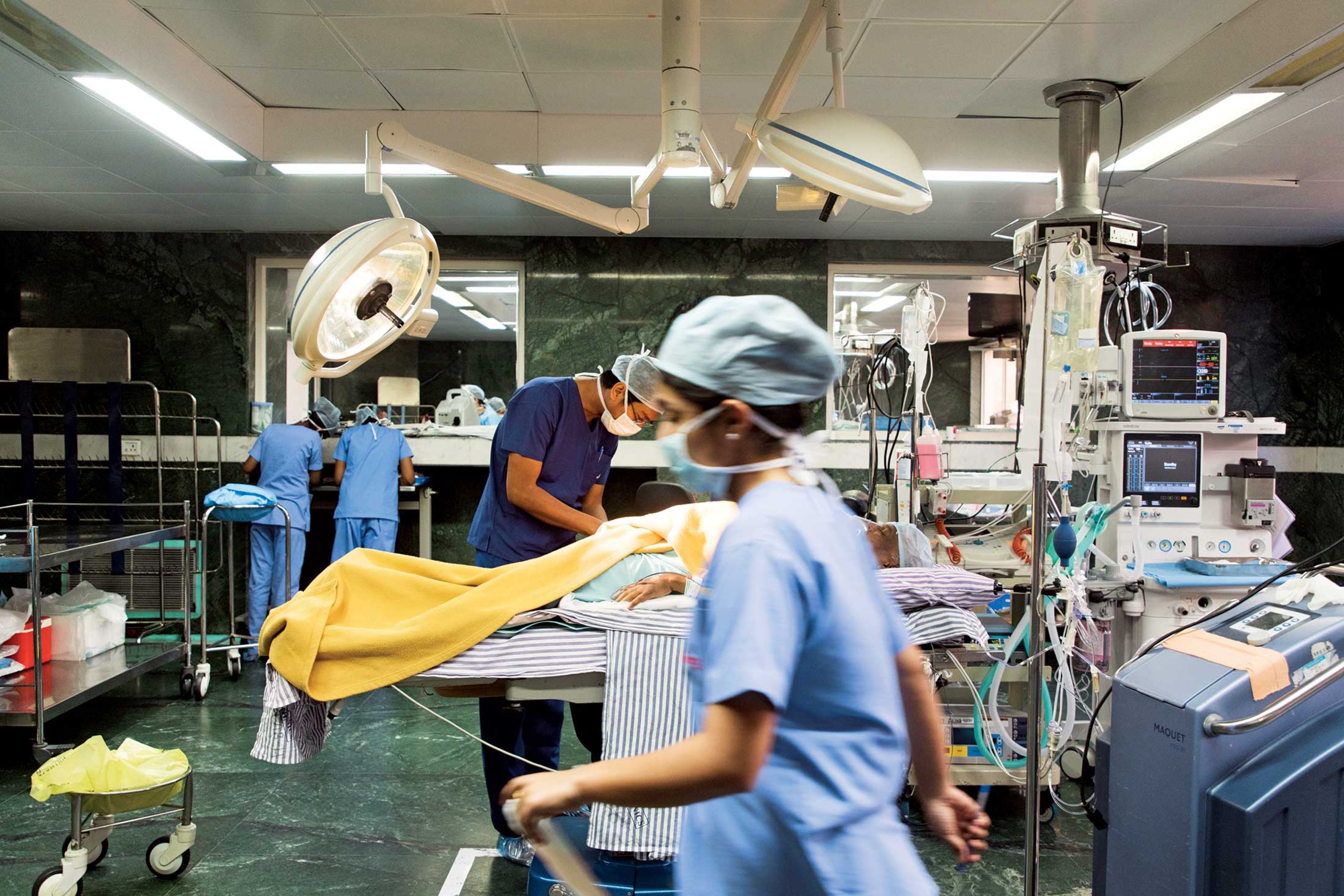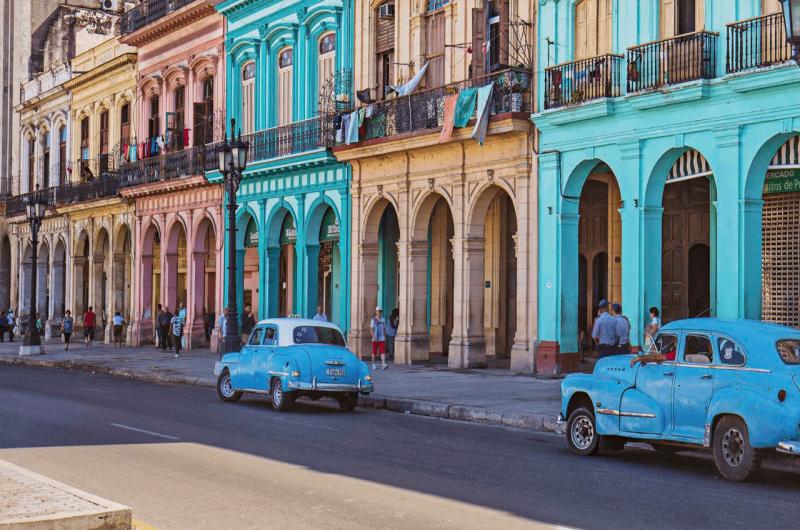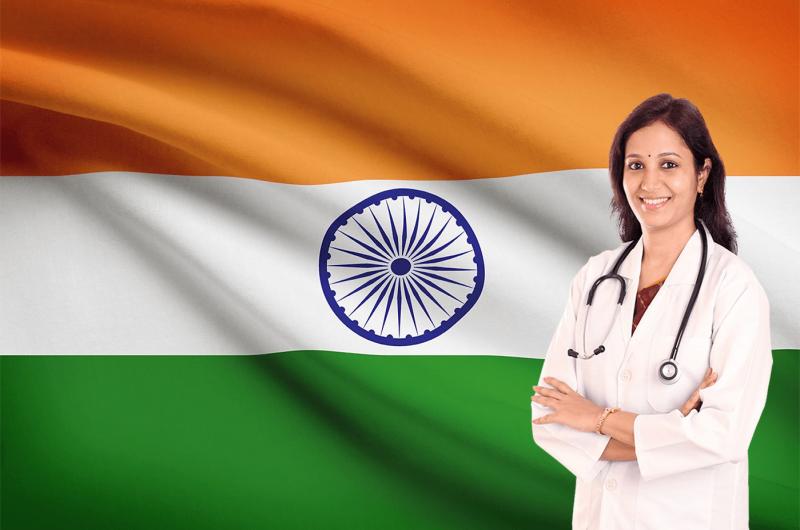Word's Low-Cost-Treatment And High Quality Healthcare
There are many reasons people go to India for healthcare.
India’s medical tourism industry is expected to grow in size by more than a double, from 3 billion USD hitting 8 billion USD by 2020, according to Ministry of Tourism statistics. As the country tries to expand industry government tries to make it easier for patients to come from all around the world, providing e-visa application, also attracting buyers with advanced facilities, skilled doctors and low-cost treatment.
"India can provide medical and health care of international standards at low costs," - it is not cheap because their care is worthless; in fact, 90% of Indian hospitals accredited by the U.S.-based Joint Commission International accreditation or its Indian equivalent, the National Accreditation Board for Hospitals. Where possible, data shows that their medical outcomes are as good as or better than of the average U.S. and EU hospital.
In India, patients can receive quality care while saving costs from 50 up to 90% comparing to U.S., EU and Turkey.

Indian doctors have a reputation for high-quality medical training. A lot of them are returnee Indians who have studied abroad, and there are large hospital groups as MAX Healthcare, Fortis Memorial Research Institute, Asian Institute of Medical Sciences which have become international brands.
In 2018, Indian private chain hospitals, treated up to 3 million foreign patients, majority of which travelled from the U.S, Middle East, central Asia, Gulf countries and Africa.
Mostly patients are coming to India for specialized care that requires specific equipment and expertise such as:
- High-end cardiac surgeries (including pediatric cardiac surgery);
- Cancer treatment;
- Neurosurgery;
- Spine surgery;
- Transplantation (heart, lung, liver, kidney, bone marrow, etc.);
- Bariatric surgery;
- Orthopedic surgery.
Three major practices have allowed these Indian hospitals to cut costs while delivering upper quality care.

Hub and Spoke design
To reach the masses of people in need of care, Indian hospitals set up central clinics in large metro areas and open smaller clinics in more rural areas, which refer patients to the main hospital.
This is on the one hand, cost-effective, since most expensive and high quality equipment is located in the main clinic and everyone has access through the smaller branches and on the other hand, performing high volumes of focused procedures, creates professionals in main clinics, where annually more than 2100 liver, 5000 kidney and 2000 bone marrow transplantations are performed, who then share their experience to others.
Task Shifting
While focusing on most complex procedures by themselves, highly qualified Indian physicians are shifting routine tasks to nurses and practitioner doctors, which is mutually beneficial. By focusing on most technical part of operation makes highly skilled doctors extremely productive, performing 25-30 surgeries a day instead of 5-10 common in U.S, EU and other Asian countries, while younger generation is gaining practice in fastest way possible.
Good, Old-Fashioned Frugality
Indian hospitals are not like other popular hospitals which look like a five-star hotel with half of a building having no relation to medical service, they mostly are not thinking commercially and are focused on delivery of upper-quality healthcare, providing all necessary facilities and units alongside with reducing waste. Additionally, they manage to cut costs by producing their own devices such as stents and intraocular devices, which are 10 times cheaper comparing to imported ones, and their own pharmaceutical industry.
Follow the RHAZES GLOBAL for treatment abroad and you will for sure get the best results!
Leave your request for treatment in abroad and our patient care team will contact you within 24 hours.
- January 5 2020
- 5630







